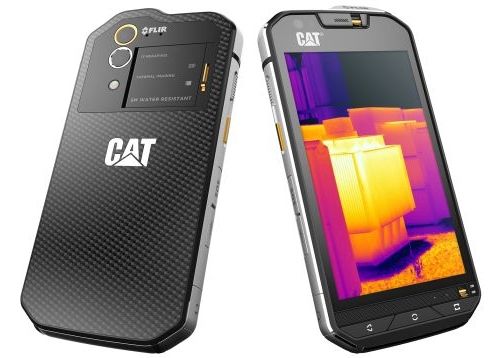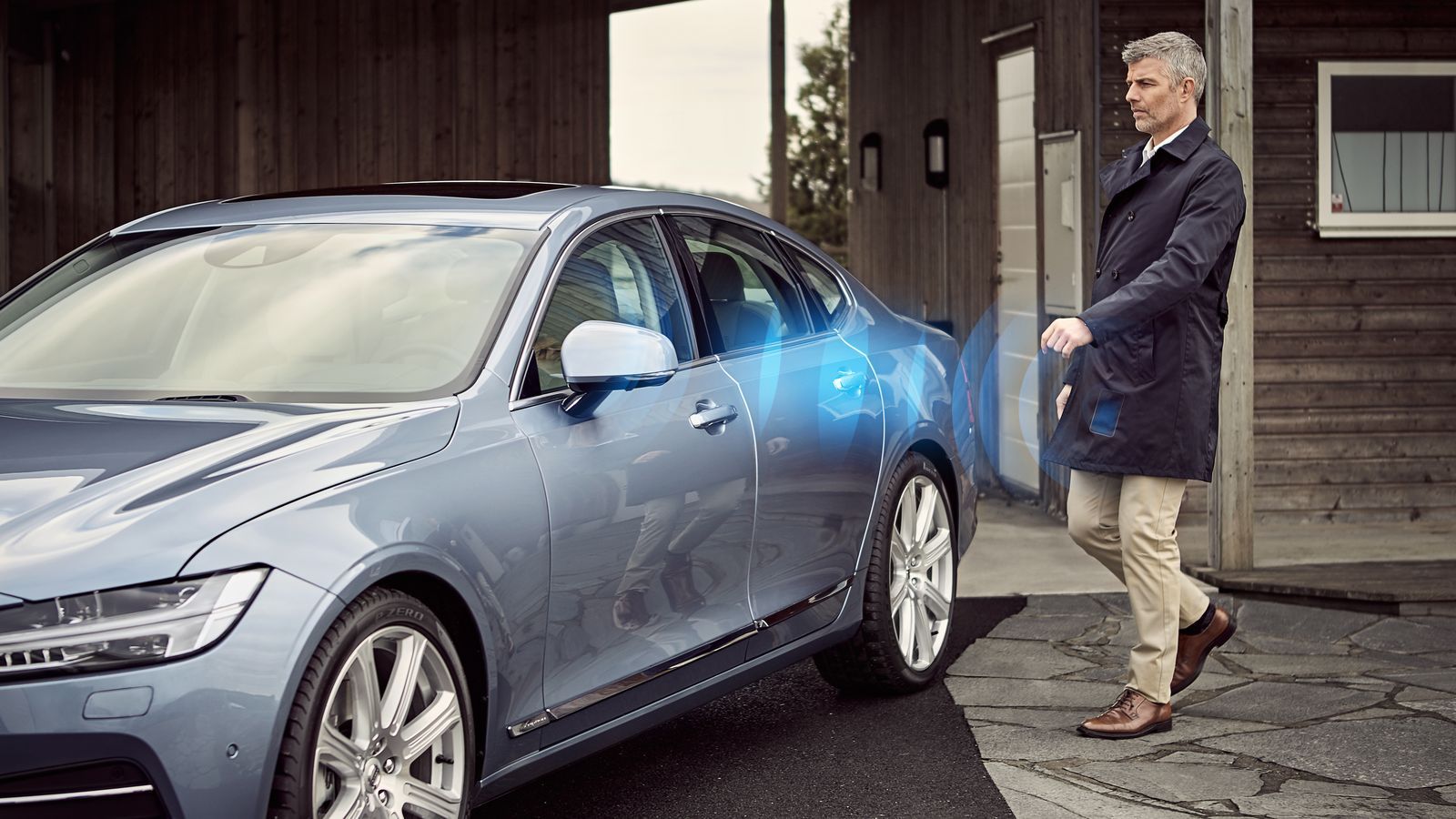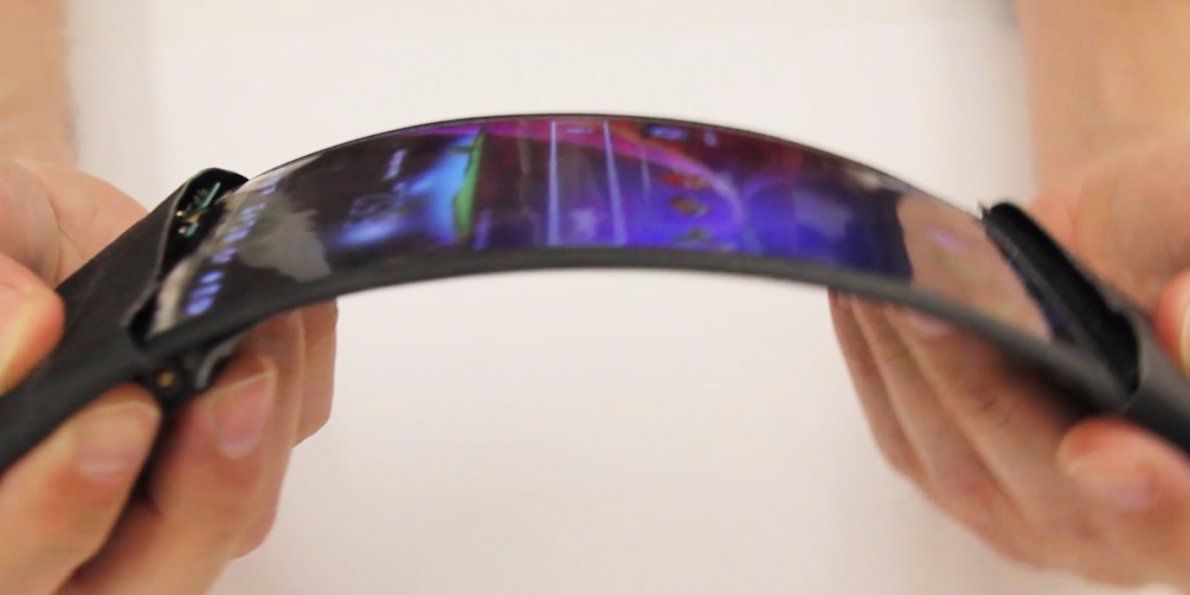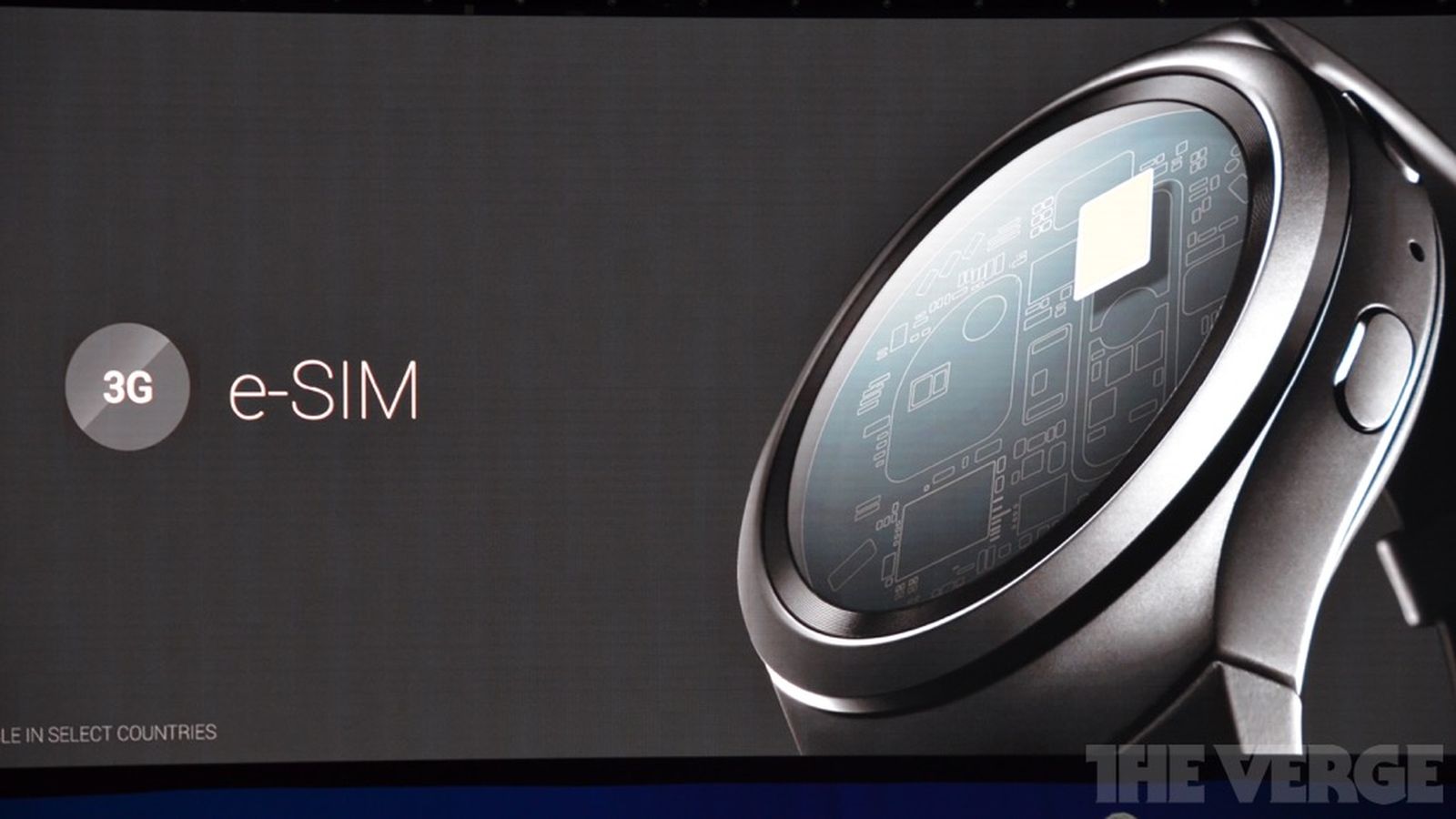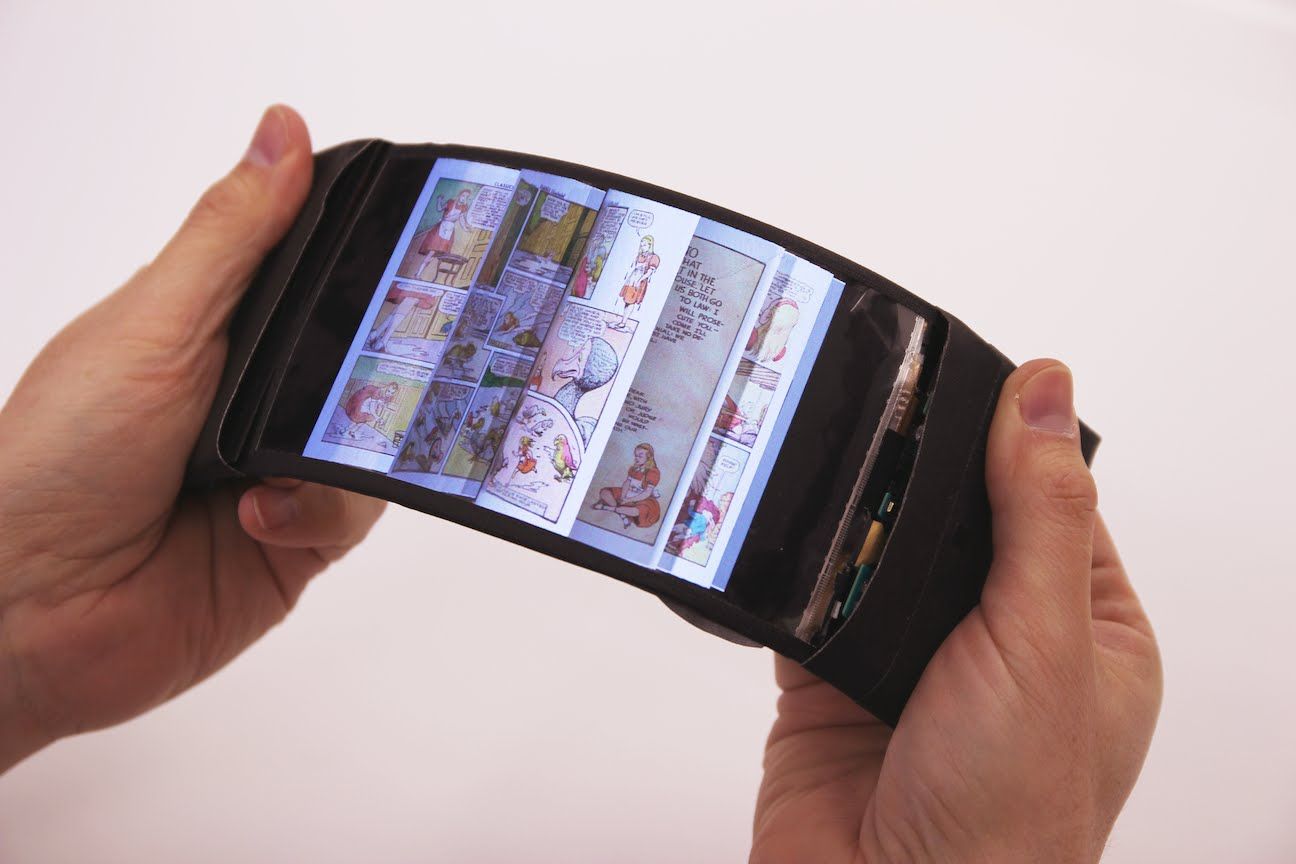Smartphone meet the Smartcouch.
http://www.broadwayworld.com/bwwgeeks/article/Is-Your-COUCH-Smart-Enough-Enter-the-Immersit-20160220#
I’m reporting this news now from my couch and I must admit that after months of immersion in the Smart Home world, I’ve never once considered if my sofa was on the list of home products needing to be upgraded. Until, I suppose…today. Welcome to the Immersit, the new device which might have you never looking at your La-Z-Boy the same way again. Or, if you’re like me … wondering if the product will work, destroy your sofa, or frighten the heck out of your pet.
Let’s go to the Kickstarter which is fully funded with more than $100,000 dollars pledged and still weeks to go. Here’s how they describe themselves: “Immersit, a plug & play device installed under your couch, can generate a very high amount of movement patterns and vibrations ranging from explosive to subtle: pitches, rolls & heaves, moving users back & forth, from side to side and up & down. All these, combined with intelligent vibrations and an adjustable intensity, result in the ultimate movie and gaming experience in which each explosion, wave & sharp turn is felt directly by the user from his own furniture.”
The genesis.


